LIVING BODY/IES: THE INTERVIEW CORNER WITH NATHAN BIGGS-PENTON
(Re)discover the work of Canadian artist Nathan Biggs-Penton through the interview that was part of Living Body/ies, Circostrada's first annual red-thread publication.
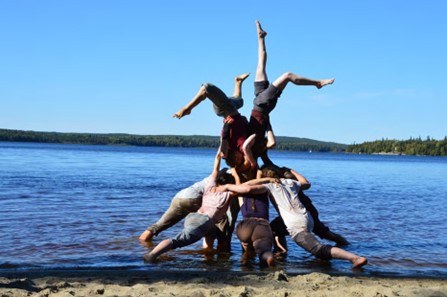
How does the term “Living body/ies” resonate with you?
Living bodies is not a term I am familiar with but here are my first thoughts. Living bodies as opposed to lifeless bodies. Not as in death, but rather void of the emotions and sensations that make up life. Our bodies are the vehicle that transports us through life. The term living bodies inspires a reflection on what is it that compels us, intrigues us, and inspires us to seek an active participation in living.
You have initiated Acting for Climate Montréal in 2019 along with Agathe Bisserier and Adrien Malette-Chénier. How did it all start and what have you been focusing on for the past three years? And lastly, how do you work as a network of artists and what ties do you have with the European branch of Acting for Climate?
In 2019, I took a flight to Copenhagen from North America specifically to work on the production Into the water that I co-created and performed with Acting for Climate. At this moment I realised that my participation in the company needed to change drastically as my actions were in opposition with the morals of the company. By the end of 2019 we concluded that a sister company in North America was the solution. Agathe and Adrien came to Copenhagen to meet with the company to share and learn the methods and values of Acting for Climate. Together the three of us established the company Acting for Climate Montreal. Over the past three years we have held workshops to open the discussion on sustainability in circus and performing arts here in Montreal as well as develop and tour our first production Branché; a group acrobatic performance played in forest or parks that evokes with simplicity and optimism our relationship to the climate crisis by celebrating the strength of community. What ties us together is our shared goal of “inspiring to act for a more sustainable future”. This is the fundamental mission of Acting for Climate, and it is present in the company's decisions, actions, and performances on both sides of the ocean.
On the website of Acting for Climate, it's written: "Acting for Climate is not just a group of performers, it is a mindset and a movement". Can you tell us more about this? What do you wish to achieve collectively in the future?
The methods and values of Acting for Climate are not entirely unique, other companies in the arts searching to combine art and environmentalism share many of the same roots. The network we support is one that propagates these values in hopes that more and more companies will join the discussion and join in adapting their work towards a more sustainable practice.
You are a contemporary circus artist (a juggler), would you say that ecological concerns are shared by many artists around you or, generally, by the performing arts sector in Quebec? If yes, how does it translate concretely in their/your artistic practice?
I surround myself with people who seek to combine environmentalism with their art but also with their daily life. I would say, like in every sector, there is a fair amount of greenwashing. Actors of the performing arts sector who care enough to enact a minimum of change in order to stay “green” but who do not dig into the roots of what makes their actions unsustainable. For those who do embrace the ecological concerns full on, I see a human and social concern arise. When we look into the source of waste and pollution we can see that it becomes nearly impossible for individuals to maintain a sustainable lifestyle or artistic practice when they are exhausted or simply have no time to spare. It is in these moments that convenience trumps all ef- forts to reduce our footprint. We need to eat and if we don’t have the time to cook much less garden, environmentally friendly choices become limited very quickly. I find it important to remember that the arts sector has a negligible carbon impact compared to other industries. However, we have a microphone to inspire change in all sectors through poetry and emotion.
My work for the past few years has been to bring more space for calm reflection into the world. While this is less obviously about sustainability in the way we most often observe sus- tainable action. My work is about sustainability in a more subtle way, it emphasizes simplicity, observation, and calm reflection. In order to adapt our way of living to a more sustainable one we need to have time to stop, observe, and create space for calm reflection and discussion in order to develop creative solutions.
According to you, what is the most burning issue when it comes to developing sustainable practices in contemporary circus in Quebec? What could make a real change?
90% of touring done by Quebec shows occurs internationally, yet Quebec, more specifically Montreal and Quebec City are recognized globally as hubs for circus. For me, supporting a local network of touring in the province of Quebec will nourish the contemporary scene and its sustainability. By allowing artists to tour locally, they are allowed to root themselves in a community rather than a suitcase and to reduce their footprint while developing social richness. For concrete actions to unfold, government support to subsidise local presenters is necessary as their audiences do not have the habit of seeing circus. This creates a stress on the presenters as they see programming circus as a risk rather than an opportunity.
Be it through your own personal solo creations (Adrift: in woods) or through the performances created with Acting for Climate, you use the natural environment to create unique site-specific shows (Rappelle-moi or Adapting to the tide, for instance) to invite viewers to (re)connect with nature. What sort of feedback do you receive from the audience?
We performed our show Branché for over 2,000 people in the summer of 2021 in forests and had numerous conversations with audience members that had been moved by our relationship to the nature around us. The feedback gravitates around the feelings of hope, inspiration, harmony and care but also of sadness of the reality we are faced with today. In my solo performances and in Acting’s performances in urban settings the feedback I hear most is how people are transported out of the city during the performance. The feeling of nature is so present in the bodies of the performers that it transports the audience to a place of calm amidst the chaos of city life. A bubble in time for calm reflection and human connection.
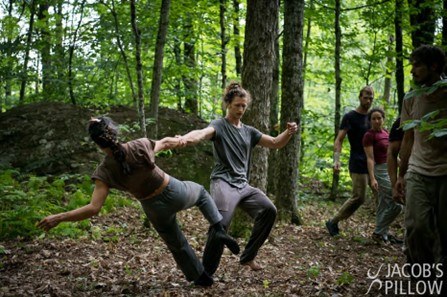
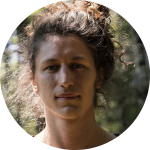
Nathan grew up in the woods between mountains in a house built and designed by his parents. In 2013 Nathan dove head first into the world of physical expression; acrobatics, manipulation, and dance. Circus Smirkus, the University of Dance and Circus of Stockholm, and the Quebec Circus School form the founda- tion from which he grows. Art in society is essential, and in current times society needs the influence of art to move towards a sustainable tomorrow. Nathan is a core member of Acting for Climate in Europe and is the co-founder and co-director of Acting for Climate Montréal.



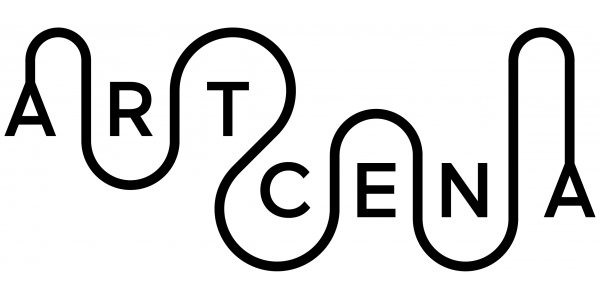

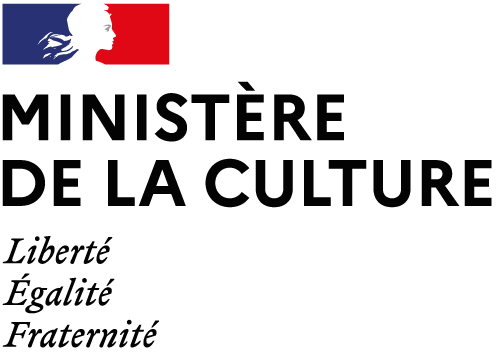
write us: infocircostrada@artcena.fr